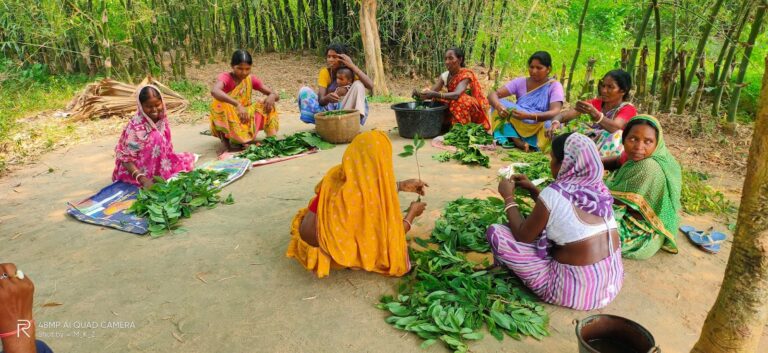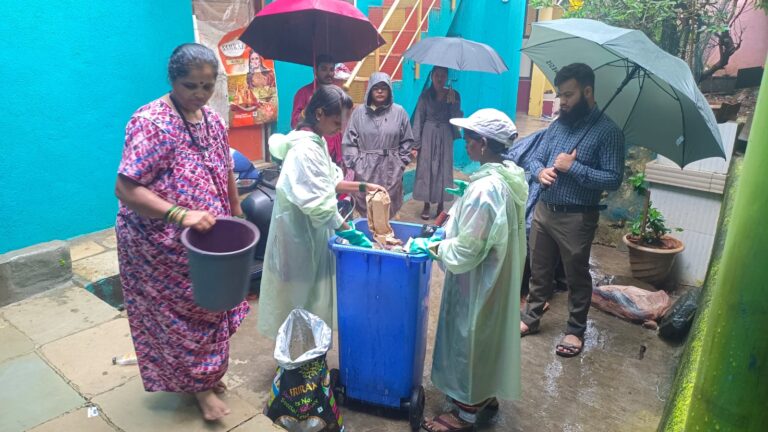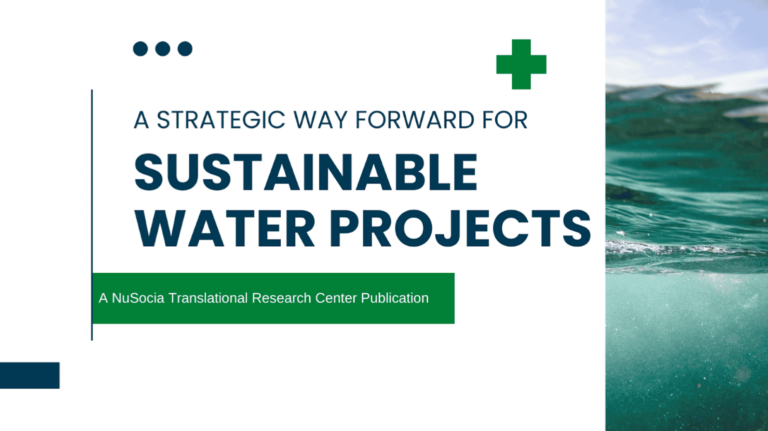In the backdrop of India’s rapid economic progress, the narratives of two geographically distinct yet strikingly similar landscapes, one in Andhra Pradesh and the other in Tamil Nadu, unveil a disheartening tale of persistent inequality rooted in caste-based disparities. These regions, predominantly inhabited by Scheduled Castes (SCs), Scheduled Tribes (STs), and Other Castes (OC), grapple with glaring discrepancies in accessing fundamental infrastructure, education, and healthcare. Our constitution ensures the right to life as our fundamental rights and discards all the discrimination based on caste, creed, color and religion. But the tale of these regions is different altogether.
A study which focuses on four major aspects like, Education, Employability, Entrepreneurship development and Essential amenities to understand the needs of the people in these locations, finds very grim facts about the discrimination and stark difference in accessing the fundamental rights and facilities.
Picture 1&2: Anganwadi near the highway and in the locality
Entering in those locations reminds us of the old civilisational settlements of the ancient world where the lowest rung of the people used to live in the outer city/town mostly. This location shows us that there are areas in India where time has not moved for years. The position of SC houses in the village reflects the same era; they are living on the outskirts of the settlement.
Moving forward, the drainage system, which was found covered in the area where upper caste people were living and it was open and less maintained in the areas where lower caste was located. The existence of open drainage systems exacerbates issues, leading to waterlogging and the proliferation of diseases like dengue and malaria, further burdening these marginalised communities. Where on one hand the prevalence of malnutrition and anaemia deepens their vulnerability, on the other hand the diseases spread due to waterlogging are making the situation worse.
Picture 3&4: Picture on the left shows water supply system and on the right shows the living conditions
Further on the discriminatory practices which persist and lead to make SC students often relegated to segregated seating arrangements on the floor. Economic hardships force many to abandon their education, perpetuating the cycle of poverty.
Within these marginalised communities, a stark reality emerges, marked by pressing gaps and challenges that demand immediate attention. The absence of state-run transport facilities isolates these villages, hindering mobility and impeding progress. Deficiencies in the existing transport system compound the issue, serving as a significant obstacle to development.
While the villagers exhibit commendable awareness of the Public Distribution System (PDS), critical for their survival, there remains a substantial lack of knowledge regarding other government programs and schemes designed to uplift these communities. Bridging this information gap is crucial, as access to such initiatives can be a catalyst for transformation.
In education, a pressing need for infrastructure improvement is evident. Schools grapple with shortages of classrooms, essential equipment, libraries, and digital learning resources, creating an environment that hampers effective learning. Insufficient staff in certain schools further hinders the quality of education provided to the youth.
In healthcare, apart from the challenge posed by Non-Communicable Diseases (NCDs), prevalent health issues like skin infections, respiratory ailments, eye irritations, renal disorders, and joint pains compound the community’s vulnerability due to limited healthcare accessibility. Anemia and malnourishment is the major problem found among the women and adolescents in the community.
The Anganwadi centers, pivotal for maternal and child health, often lack basic amenities such as clean drinking water and proper restrooms. Urgent infrastructure improvements and growth monitoring equipment are essential to safeguard the well-being of the most vulnerable members of the population.
Livelihood opportunities remain a persistent concern, with local residents, especially those engaged in contractual work in nearby industries, struggling to secure consistent incomes. The scarcity of viable livelihood options deepens economic hardships, perpetuating the socio-economic divide.
The self-reliance of Self-Help Groups (SHGs) and women is hindered by a lack of entrepreneurial skills and awareness regarding market opportunities, government schemes, and access to credit. Empowering these groups with knowledge and resources is essential for economic empowerment.
Financial literacy remains low within these communities, impacting their ability to make informed economic decisions and manage resources effectively.
The youth, a pivotal segment of the population, face challenges related to skill development. The absence of both soft and technical skills limits their employability prospects. Additionally, many are unaware of vocational training opportunities, underscoring the need for career guidance and skill development programs.
Despite the proximity of some villages to highways, the communities grapple with accessibility challenges due to limited public transport options, further exacerbating their isolation and restricting their access to essential services and opportunities. The gravity of these needs extends beyond inconvenience; it perpetuates cycles of inequality and vulnerability within these marginalised communities.
In conclusion, while India’s progress is undeniable, there exists the shadows of inequality that persist in certain regions. Addressing these disparities requires a multi-faceted approach encompassing the accessibility to education, health, skill development, and opportunities to empower them economically. Only through concerted efforts and targeted interventions can we hope to bridge the gap and create a more equitable and inclusive society for all.




